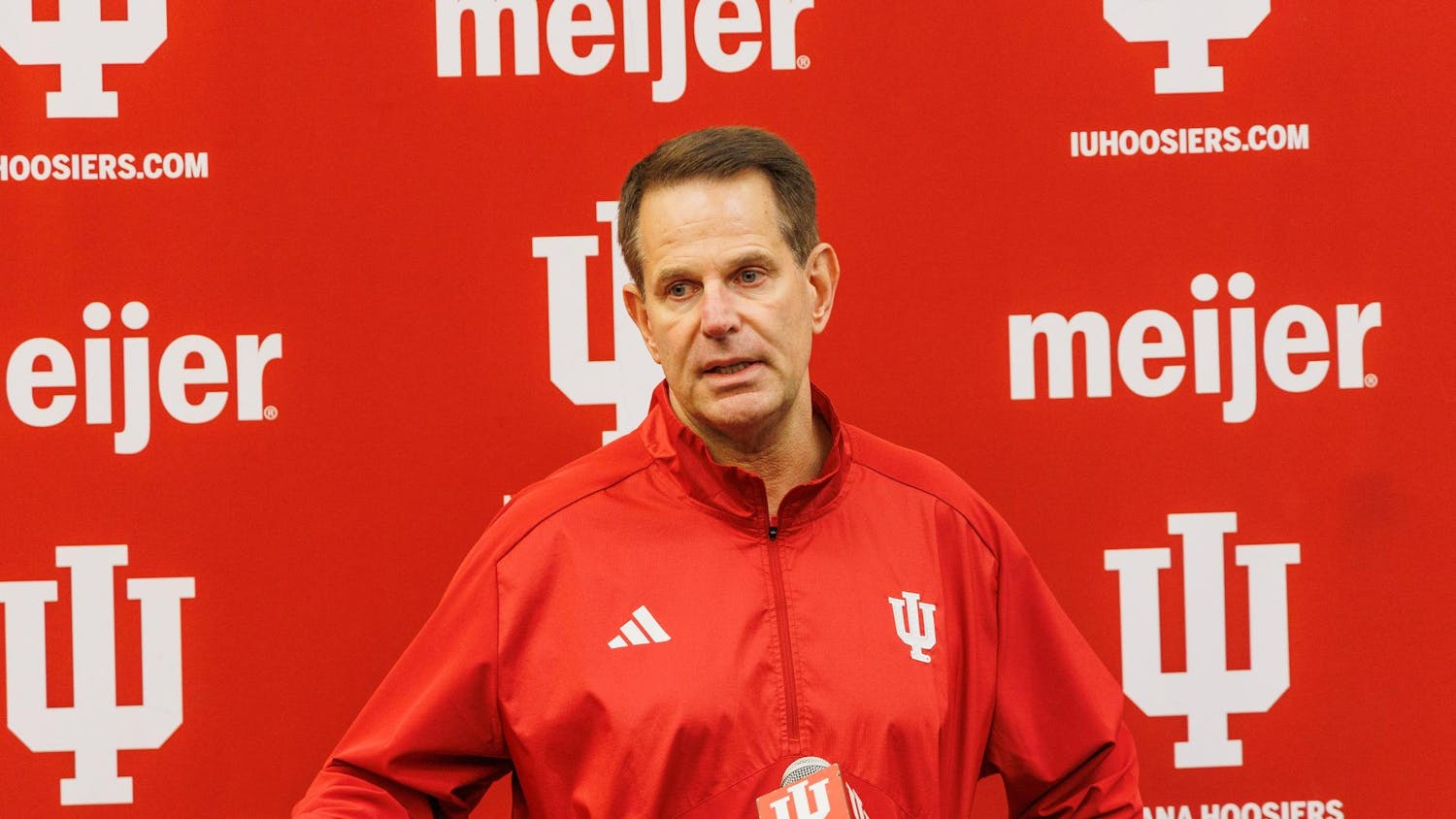There is one certainty amongst the rumors of Big Ten expansion across the nation and, in particular, the blog-o-sphere — while very few officials are willing to talk about the possibility, many are willing to listen.
Why wouldn’t they be? With an average income from television revenue of $242 million and every football and men’s basketball game via the growth of the Big Ten Network now available — in more than 75 million homes and in 19 of the nation’s top-20 media markets — there is much to be earned by any program hoping to become the Big Ten’s 12th member.
IU Athletics Director Fred Glass said the Big Ten is in a good position because of its deals with media outlets and visibility in the national scene. As he put it, conference leaders don’t have to seek out institutions because those programs will come to them.
Big 12 universities such as Missouri, Texas and Nebraska have had their names thrown into the mix of potential players. Big East powerhouse Pittsburgh has also been brought up on several occasions.
But Big Ten Commissioner James Delany and athletics directors from those universities have been extremely tight-lipped. The only thing Delany has said on the matter is that he has not had “any formal or informal interface with any institutions,” as he told Dan Bernstein and Terry Boers of WSCR radio in Chicago.
However, that doesn’t mean some schools aren’t hoping for it or at least open to it.
Mizzou officials have said the school is deeply tied to its current conference but is willing to listen to any offers made by the Big Ten. Nebraska Athletics Director Tom Osborne told Steve Sipple of Husker Extra he would not be averse to the idea either.
Texas is the lone player that doesn’t have much to gain from joining the Big Ten. As an extremely successful perennial powerhouse in the Big 12, Texas earns the most revenue of any Big 12 school. However, that number could increase significantly if the Longhorns switched conferences. It’s very hard to argue with that $242 million mark.
The entrant must also be able to benefit the conference as a whole. Texas is obviously the best choice to that end, with its top-tier football, men’s basketball, baseball, and ... Well, it’s hard to find a sport the Longhorns don’t have success in.
Academics are also called into play, and the admissions standards for UT are comparable to those of Big Ten institutions. Obviously, Texas would be the best “get” for the conference.
Mizzou is a strong school athletically, but its admissions standards are not as rigorous as those at Big Ten universities, nor does it have nearly as many reputable academic programs. Nebraska, a big football school, is also not as strong on the academic side and has little to offer the conference in terms of its market size when it comes to televised games.
Pitt would be a good fit, except its market is already home to the most recent university to join the Big Ten — Penn State. While many would argue the rivalry would direct traffic and the markets are not as similar as they seem, Penn State’s demographic of incoming freshman is, on average, about 80 percent in-state students. The numbers speak for themselves.
So, which school would be the best fit? For now, it seems like the long-shot Longhorns are the Big Ten’s big fish to catch. And after floating in the small pond that is the Big 12, Texas might be looking to swim in deeper waters.
Despite all the uncertainty of what institution — if any — the Big Ten will bring into the fold, Glass said the choice will be fully thought out and evaluated. The conference wants to make sure what it does has a limited negative impact on the other Big Ten universities and brings with it great potential for future gain.
We are yet to see if all these whispers will lead to some action from other programs. But if it’s true that money talks, then no conference is louder than the Big Ten.
10 is bigger than 12
Get stories like this in your inbox
Subscribe



